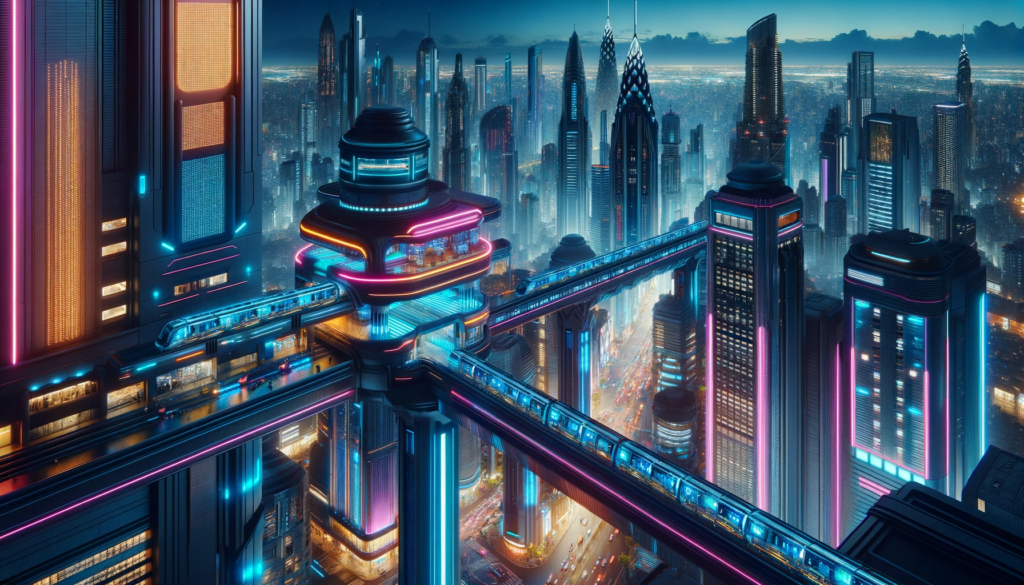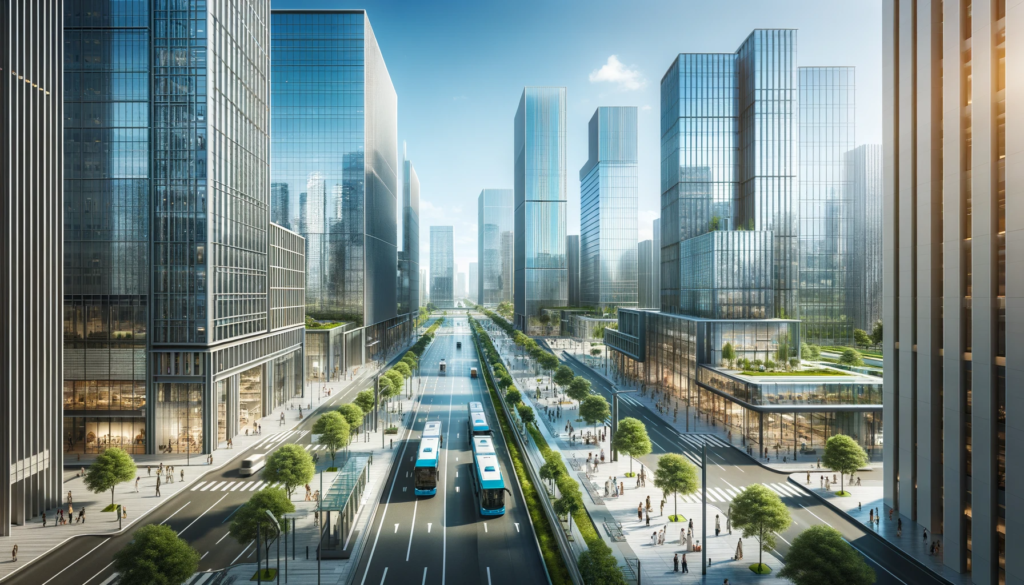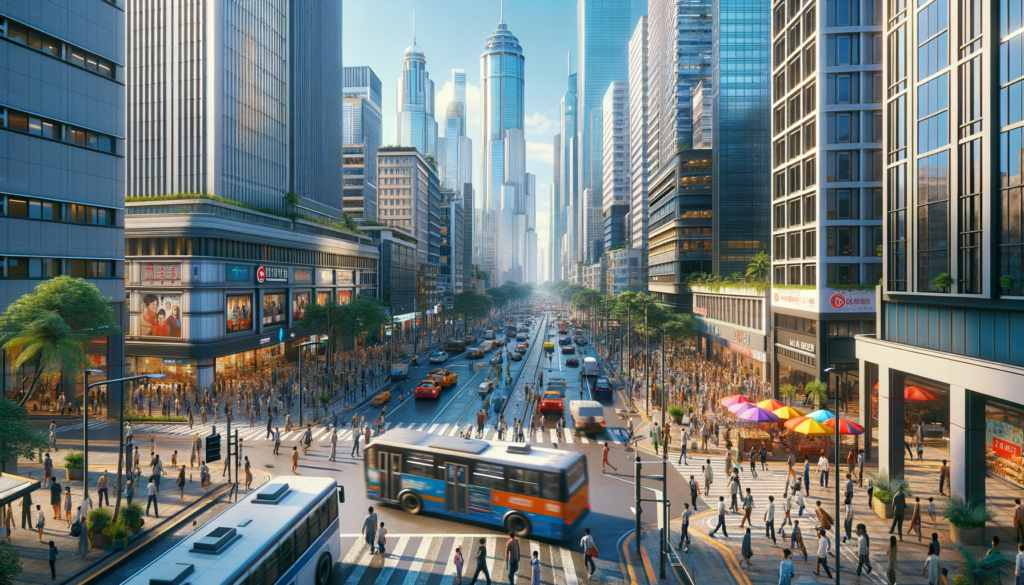Creating an outstanding city-level design in video games involves a detailed process. Let’s look at the TOP 5 tips to achieve this, drawing insights from industry leaders.

When comparing Unreal Engine and Unity for game development, it’s important to consider various factors such as ease of use, graphics quality, platform compatibility, community support, and pricing.
Conceptualization and Pre-Production for great city-level design
Begin with a solid plan. Outline the main ideas and the experience you aim to deliver.
This phase includes brainstorming, research, and setting the stage for the level’s theme and narrative.
Consider the setting, location, and the story you want the environment to convey. A good pre-production plan sets your design path.
Examples:
- If you’re making a game set in a futuristic city, your plan might include flying cars, tall skyscrapers, and advanced technology.
- For a historical game, you might research old cities, think about the kind of buildings and streets they had, and decide on a story that fits this setting.

Layout and Structure of City level design
Next, draw a simple map of your game level from above. This map is like a basic guide that shows where everything goes and the main parts of the level.
This is important so that everyone working on the game understands the plan. When making your map, be creative with buildings and spaces to make the game fun to explore.
Examples:
- You could draw a map showing a main street with shops, a park, and a secret alley for players to discover.
- Maybe you design a maze-like neighborhood that challenges players to find their way through.

Implement and Test Core Mechanics
Now, add the main parts of your game, like battles or puzzles, and test them to make sure they work well. If your game has fighting, think about how players and enemies will fight in your city.
If it’s more about exploring or solving puzzles, focus on those parts. Test these early to make sure they are fun and work well in your game.
Examples:
- For a fighting game, you might test how players can use the buildings and streets in your city to hide or attack.
- If your game is about exploring, check how players move around, find clues, and solve puzzles in your city.

Add Art and Lighting
Once your game’s basic structure and main parts are set, make it look nice.
Add things like buildings, streets, trees, and lights. Lighting is important because it makes the game look better and helps players see where they are going.
Examples:
- Add colorful lights to your city’s streets to make them look lively at night.
- Use shadows and bright spots to create a mood, like a spooky alley or a sunny park.

City-level design in Unreal Engine or Unity game engines is a complex and intricate process that involves creating realistic urban environments for players to explore and interact with.
- Many city-level designs require interior spaces within buildings that players can enter. These interiors also need to be designed with attention to detail, including furniture, lighting, and props.
Playtesting and Making Changes
Finally, let people play your game and listen to what they say. Find problems, like parts that are too hard or not fun, and fix them. Keep testing and improving your game until it’s really good.
Examples:
- You might find that players get lost in one part of your city, so you add signs or a map to help them.
- If a puzzle is too easy, you could make it harder or add new challenges.
Wrapping Up about City Level Design
Making a great city in a game is about having a good plan, making a simple map, testing your game, making it look good, and improving it based on feedback.
Remember, a good game is not just about how it looks, but also about how fun it is to play.
In making your city, think about how it fits with the game’s story and challenges. A good city in a game should make the player think, tell a story, and be something they remember. The best game cities are fun to explore and play in.